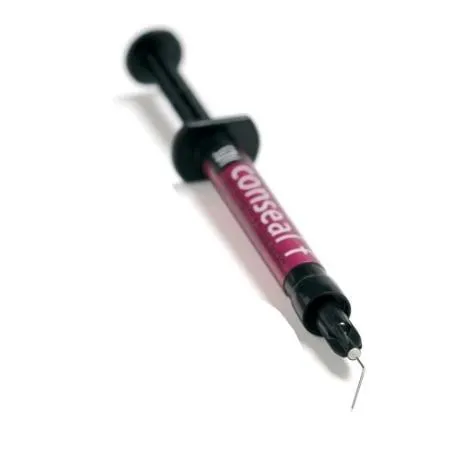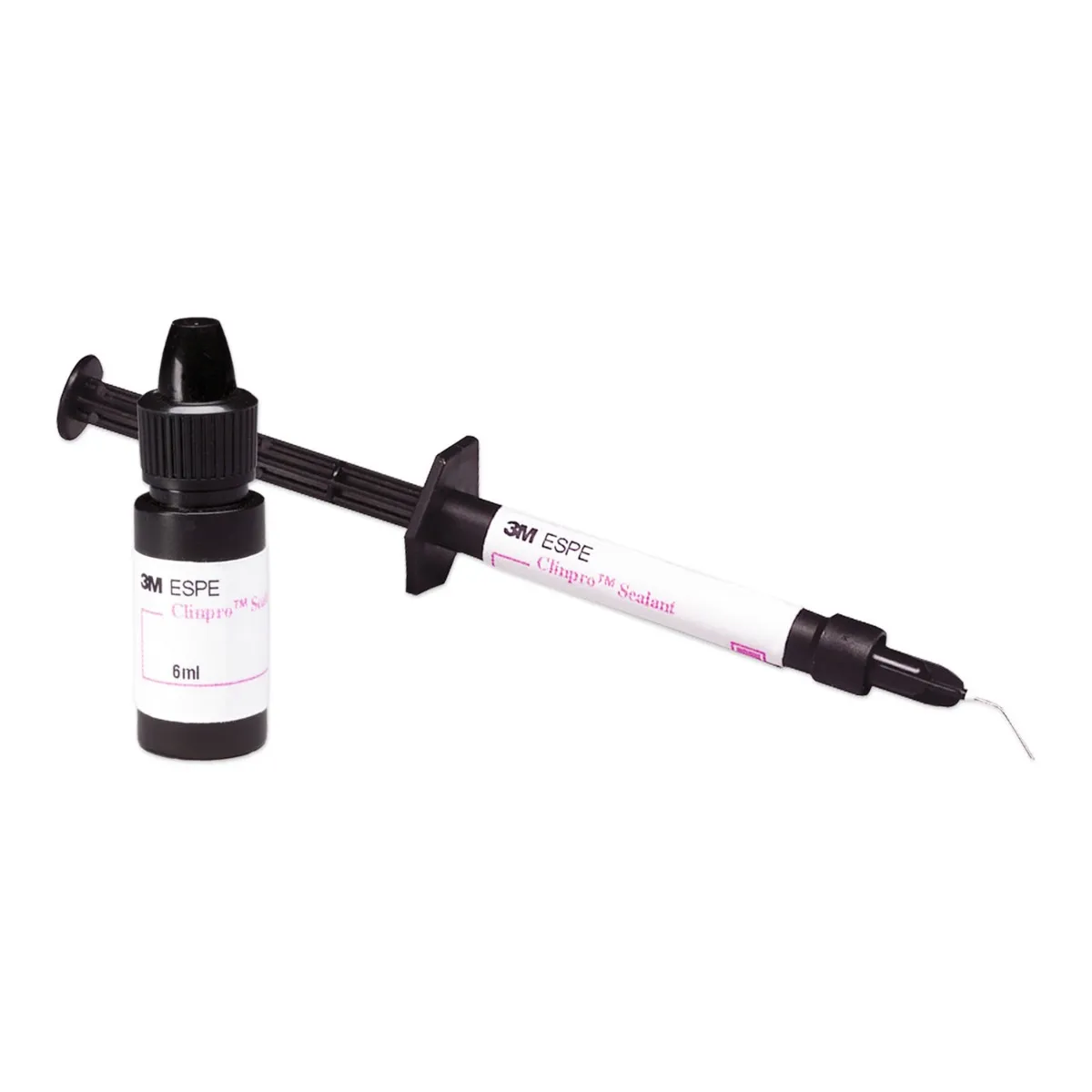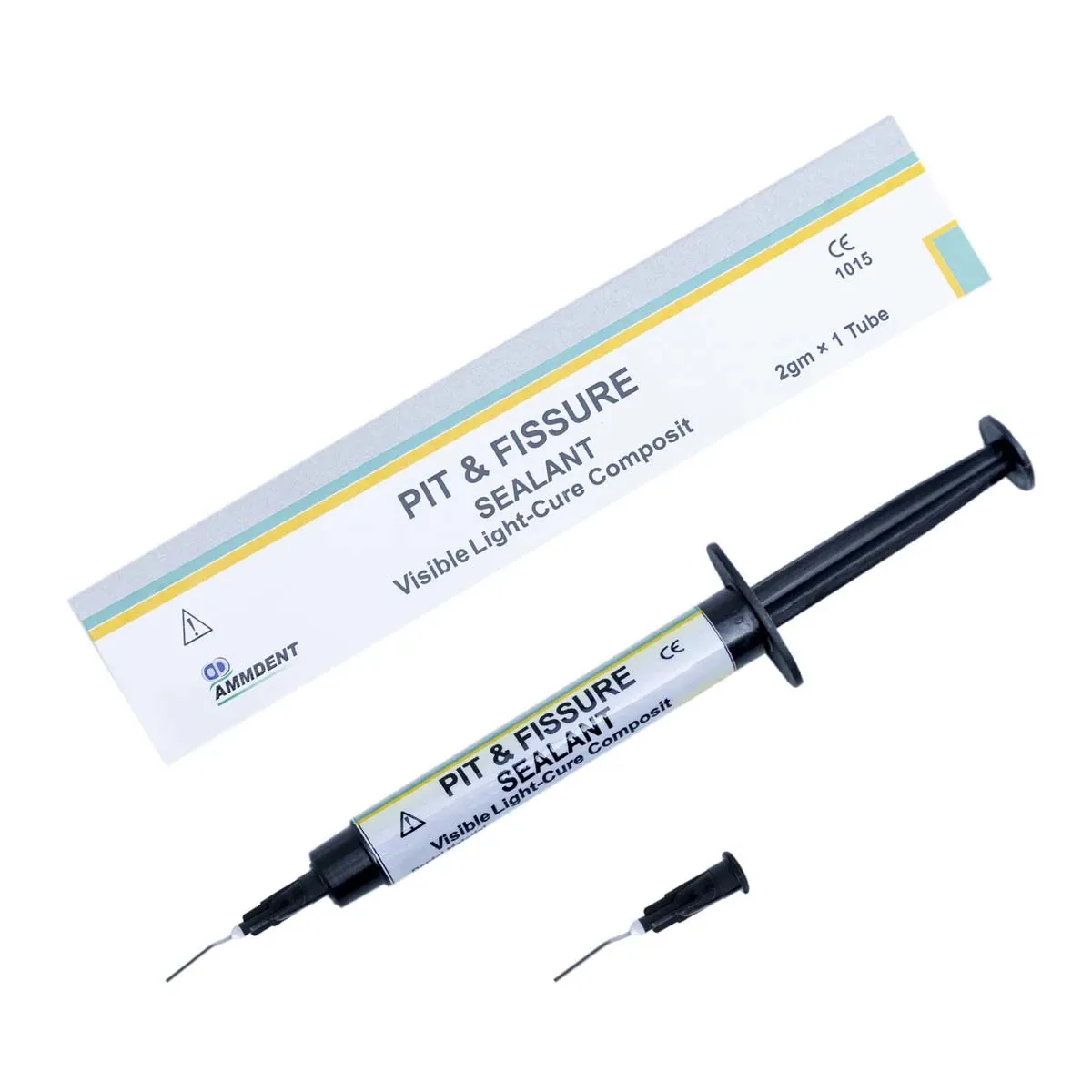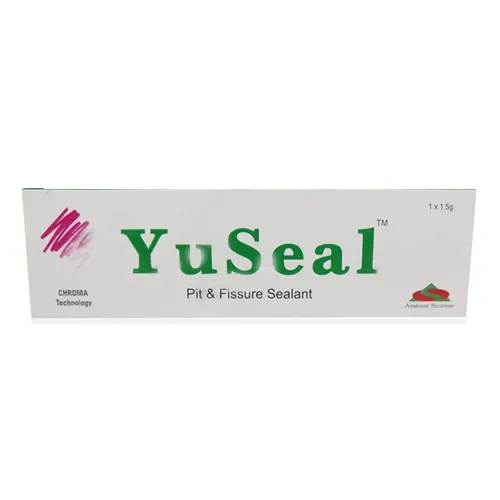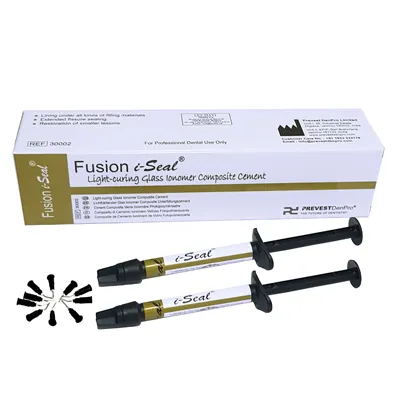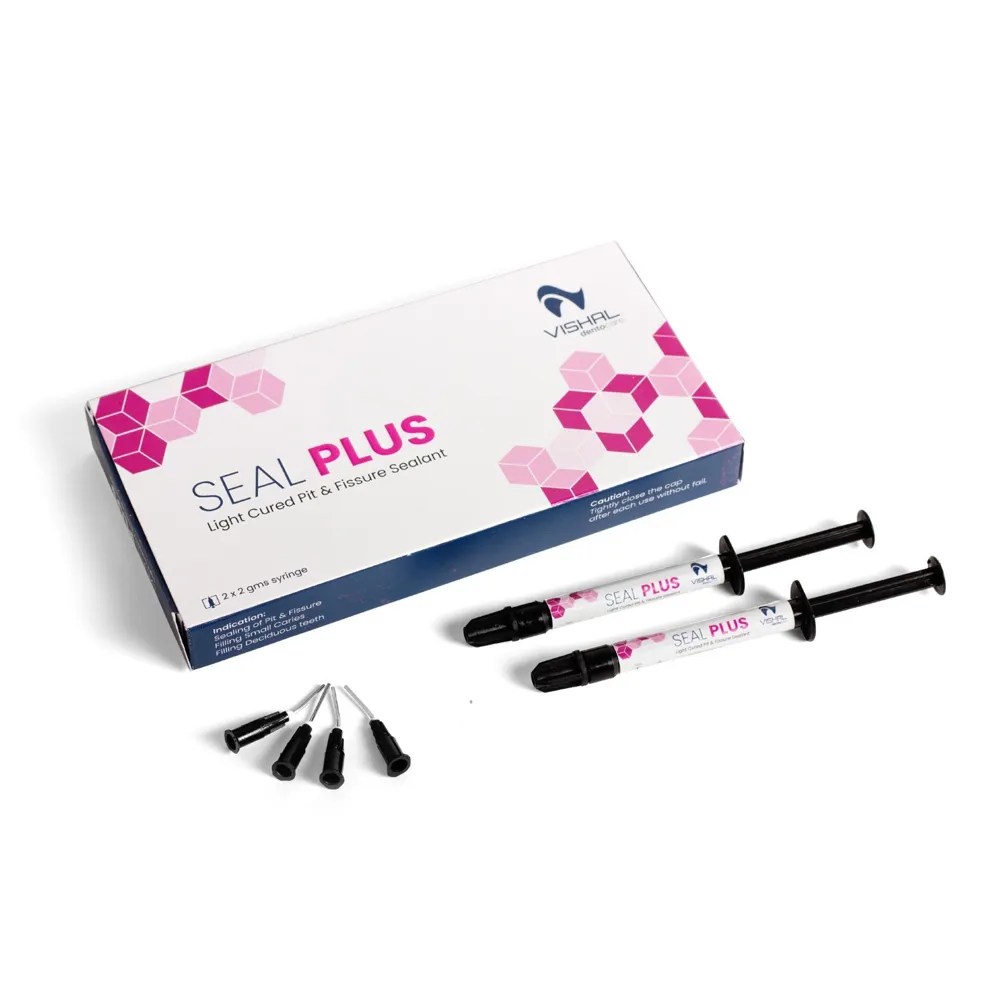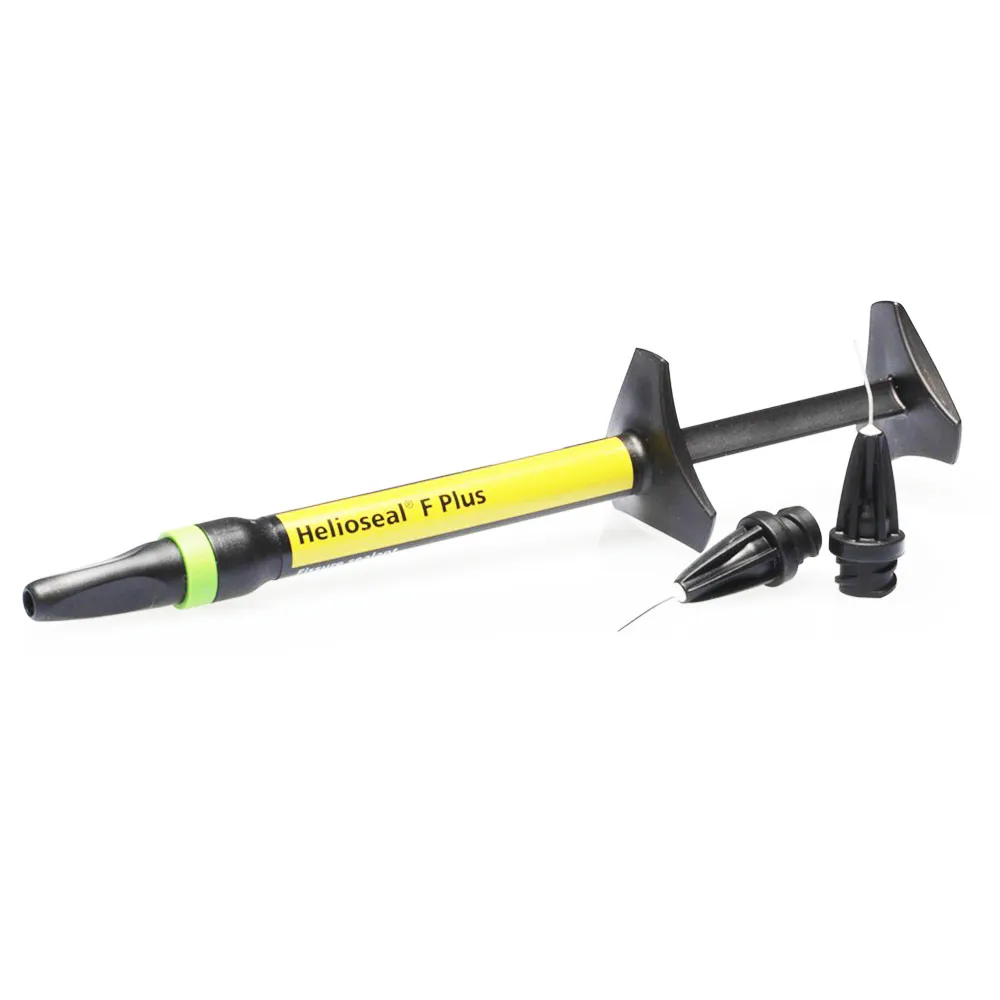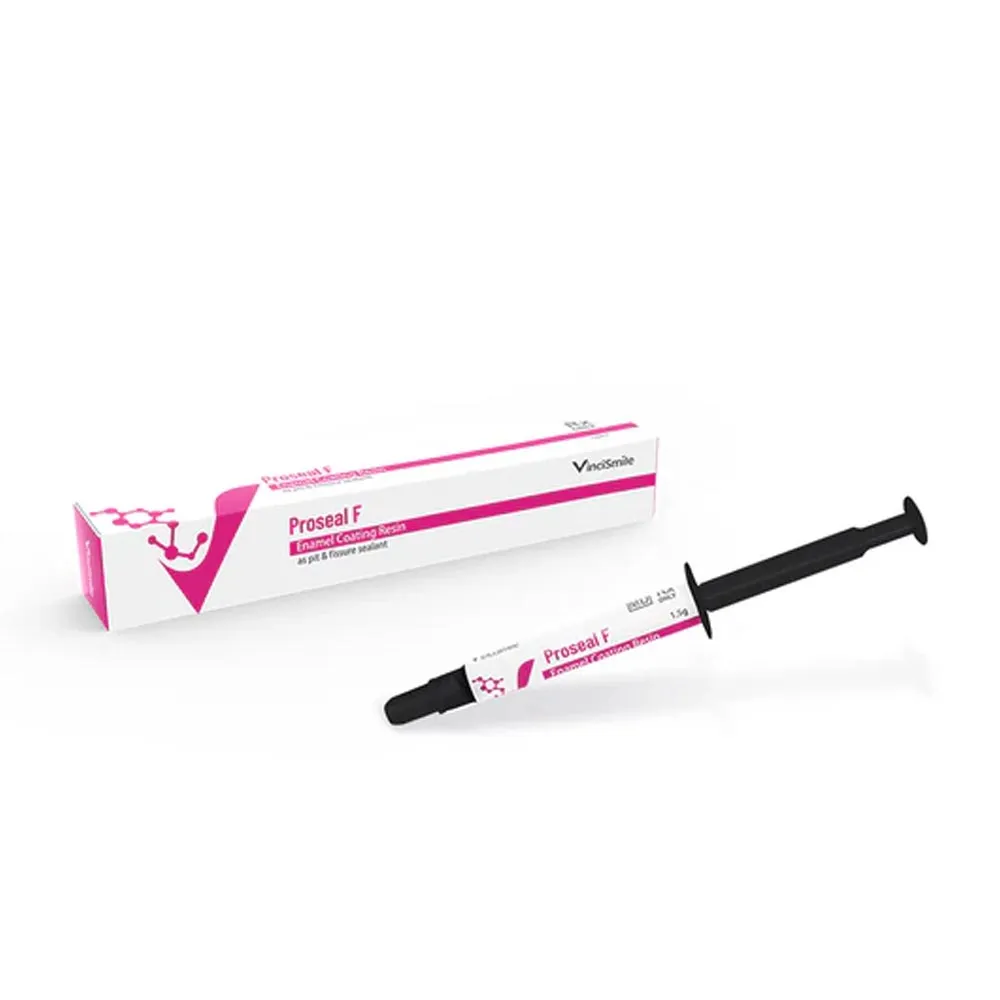Dentalkart offers a comprehensive selection of pit and fissure sealants, catering to the needs of dental professionals. Pit and fissures in the occlusal surfaces of posterior teeth are highly susceptible to caries development due to their complex morphology, making oral hygiene challenging and leading to increased plaque accumulation. Dental pit and fissure sealants serve as a preventive treatment, providing a physical barrier that inhibits microorganisms and food particle accumulation, thus preventing caries initiation and halting caries progression.
Dentalkart's extensive range includes reputable brands such as 3M Espe, Ammdent, Anabond Stedman, Ivoclar Vivadent, Medicept, Prevest, SDI, Shofu, and Vishal Dentocare. These pit and fissure sealants act as primary prevention tools when the patient or tooth is at increased risk of caries or as secondary prevention, halting the progression of incipient caries.
Two main types of sealants are available - resin-based and glass ionomer sealants. Resin-based sealants are the preferred choice for their effectiveness and longevity. Glass ionomer sealants may be used as a provisional agent when absolute isolation cannot be achieved during the placement of resin-based sealants, and moisture control is compromised. Glass ionomer sealants also release fluoride over an extended period, contributing to caries prevention.
Dentalkart ensures a wide variety of pit and fissure sealants, enabling dental professionals to select the most suitable products for different cases, thus enhancing their practice and promoting excellent patient care.
Q: What are pit & fissure sealants?
A: Pit & Fissure Sealants are dental materials used to fill and seal the deep grooves and fissures on the occlusal surfaces of teeth, preventing cavities.
Q: What is fissure sealant made of?
A: Fissure sealants are made of either resin-based material or glass ionomer material.
- Resin-based sealants: These sealants are composed of a plastic resin material that is applied to the tooth surface. It contains monomers, fillers, and initiators that enable the material to bond to the tooth enamel and form a protective barrier in the pits and fissures.
- Glass ionomer sealants: These sealants are made from a mixture of fluoro-aluminosilicate glass powder and polyacrylic acid liquid. They also contain fluoride, which helps to release fluoride ions over time, providing additional caries protection.
Both types of fissure sealants are effective in preventing dental caries by filling in the crevices and tiny indentations on the tooth surface, thus creating a protective shield against bacteria and food particles.
Q: How long do pit and fissure sealants last?
A: The duration of pit and fissure sealants is influenced by various factors. Resin-based sealants typically last between 5 to 10 years, while glass ionomer sealants have a shorter lifespan of about 2 to 5 years. The longevity is influenced by wear, occlusion, patient compliance, and the material's ability to maintain adhesion to the tooth structure.
Q: Which type of pit and fissure sealant is better, resin-based or glass ionomer?
A: Resin-based sealants are the preferred choice due to their superior retention and longevity. Glass ionomer sealants can be used as provisional agents when absolute isolation is challenging, compromising moisture control.
Q: What is the chemical composition of pit and fissure sealants?
A: Pit and fissure sealants are primarily composed of Bis-GMA or UDMA resin monomers, inorganic filler particles (e.g., silica or glass), photoinitiators, pigments, silane coupling agents, and initiators and accelerators for polymerization control.
Q: Can pit and fissure sealants be used for both primary and permanent teeth?
A: Yes, pit and fissure sealants are suitable for both primary and permanent teeth. They act as a preventive measure to protect teeth from caries, irrespective of the dentition type.
Q: What is the ideal depth of etching for pit and fissure sealants?
A: The ideal depth of etching for pit and fissure sealants is approximately 50 to 100 micrometers. It ensures proper retention without causing any damage to the underlying dentin.
Q: Can pit and fissure sealants be used for patients with hypersensitivity?
A: Yes, pit and fissure sealants can benefit patients with hypersensitivity by reducing the exposure of sensitive dentin to external stimuli, thereby providing relief and added protection.
Q: Can pit and fissure sealants be placed on non-carious teeth?
A: Yes, pit and fissure sealants can be placed on non-carious teeth as a preventive measure to enhance protection against caries, especially when the patient has a high caries risk.
Q: How do you manage moisture control during the placement of pit and fissure sealants in challenging cases?
A: Achieving optimal isolation with rubber dam or isolation devices is preferred, but in challenging cases, desiccating agents or moisture-tolerant sealants may be used to improve retention and minimize the impact of moisture.

















